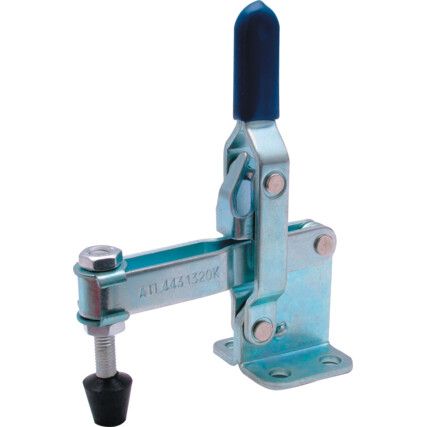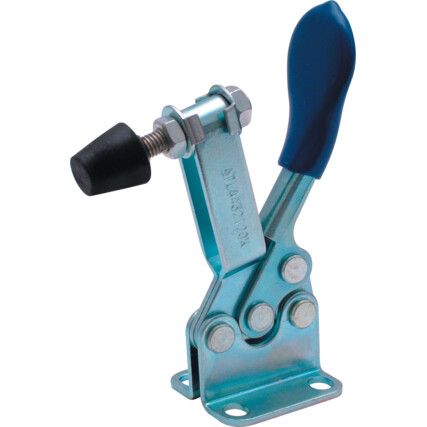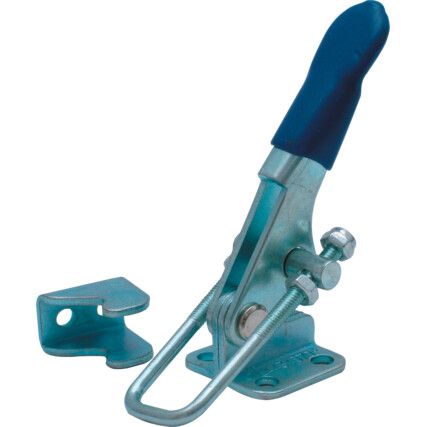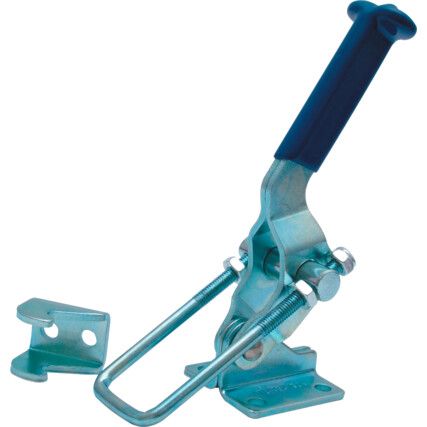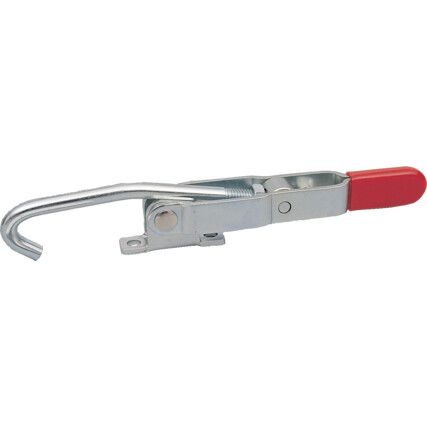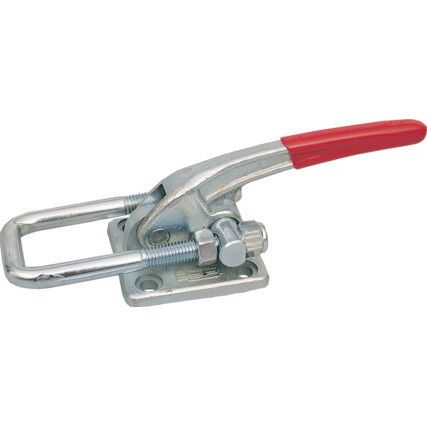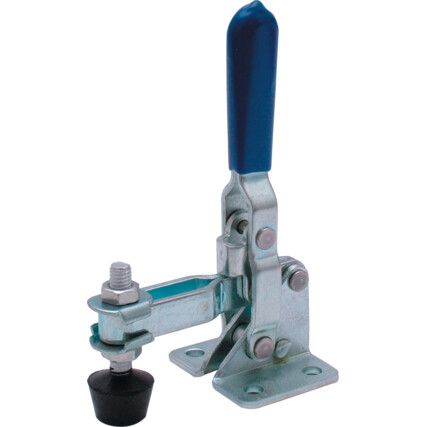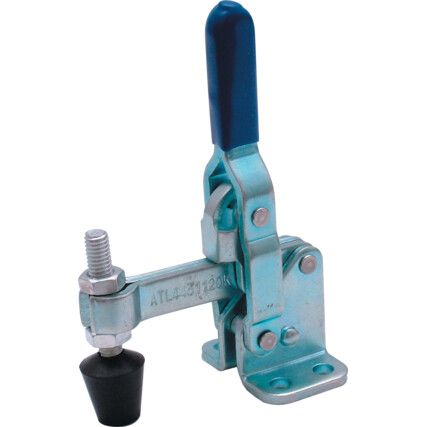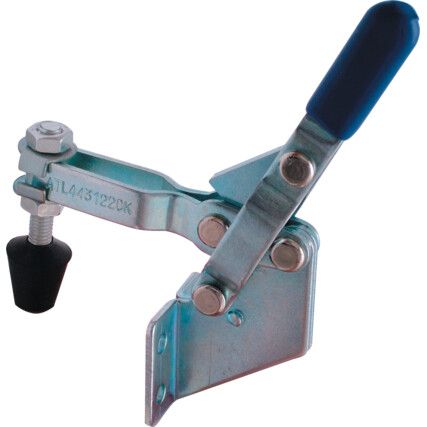Toggle Clamps
Convenient and versatile, toggle clamps assist in safe and secure working with a quick-release action to improve productivity.
Suitable for secure mounting on a worksurface, toggle clamps feature bolt holes for both permanent and temporary mounting, allowing them to be easily moved or changed. Ideal for use in restricted spaces, they're ergonomic and low profile, but still exert powerful clamping force for safe and speedy operations.
At Cromwell, you can find a wide choice of toggle clamps from quality brands, such as Brauer®, Indexa® and Atlas®.
What are toggle clamps?
Toggle clamps lock a workpiece securely into position for machining and manufacturing. They can be quickly turned on and off by the operator and are ideal for repetitive tasks. Compact and ergonomic, there's a selection of toggle clamps available to suit every need.
Why toggle clamps?
Toggle clamps are an extremely versatile tool. They're available in a range of types and can be used to clamp a workpiece securely, pull and latch items together or closed, or exert closing force to keep lids on moulds for example.
Where bar clamps and G clamps certainly have their place in heavy-duty working, toggle clamps are ideal for repetitive working, with stationary attachment and quick-release features improving turnover.
When are toggle clamps used?
Used for a wide range of applications, these handy compact devices make an appearance in most production industries, including injection moulding, machining and assembly to name just a few. The various types of toggle clamps make them an extremely versatile and useful asset to most workbenches.
Toggle clamp types
There are six basic types of toggle clamps available. Defined by their clamping type, they can all be found in a range of materials, from corrosion-resistant to non-magnetic to meet the application requirement.
• Vertical toggle clamps - A vertical clamping bar holds the workpiece in place.
• Horizontal toggle clamps - similar to the vertical clamps, once engaged the handle remains in a horizontal position.
• Plier toggle clamps - One-handed operation with trigger release action.
• Plunger toggle clamps - apply force in a straight line with either a push or pull action.
• Hook toggle clamps - pull and hold two components together or secure doors or lids.
• Cam toggle clamps - feature a handle to lock components into position.
Considerations when choosing a toggle clamp
• Workpiece- The size and shape of the workpiece should be taken into consideration to ensure safe and secure clamping. A spring-loaded toggle clamp is ideal when a workpiece varies in thickness.
• Clamping action - How are you trying to hold the workpiece and where do you want to secure it?
• Holding capacity - The clamp itself should be capable of taking the pressure for the designated task without damaging the clamp.
• Clamping force - The clamps should exert enough force to be able to hold the desired workpiece stable to prevent accidents and injury.
• Temporary or permanent use - If the toggle clamp requires permanent fixing to a machine or surface, the correct type should be chosen to achieve this.
• Environment - materials should be chosen with the properties required for the environment, for example, stainless steel has anti-corrosion properties for clamps frequently exposed to water-based liquids.
Toggle clamp jargon buster
We want to make it easy for you, so here are some key terms used in relation to toggle clamps that will help you to understand our range a little better.
• Clamping force - the force applied to a workpiece once a clamp has been closed and locked into position
• Holding force - the force which can be applied to an engaged clamp without damaging the clamp or breaking the toggle
• Hand force - the force applied by the operator to the handle of the toggle clamp on a regular basis
FAQs
What's the difference between a toggle clamp and other types of clamp?
Toggle clamps are strong and extremely efficient. They exert the same level of force as a G clamp, for example. However, where a G clamp is an 'as and when' device, a toggle clamp can remain permanently set for quick and repetitive action.
How do toggle clamps work?
Using a series of pivots, the lever or handle moves the clamping bar against the workpiece, either stretching or compressing the linkage to its central position. The central pivot passes the central points of the other pivots and securely locks into place.

